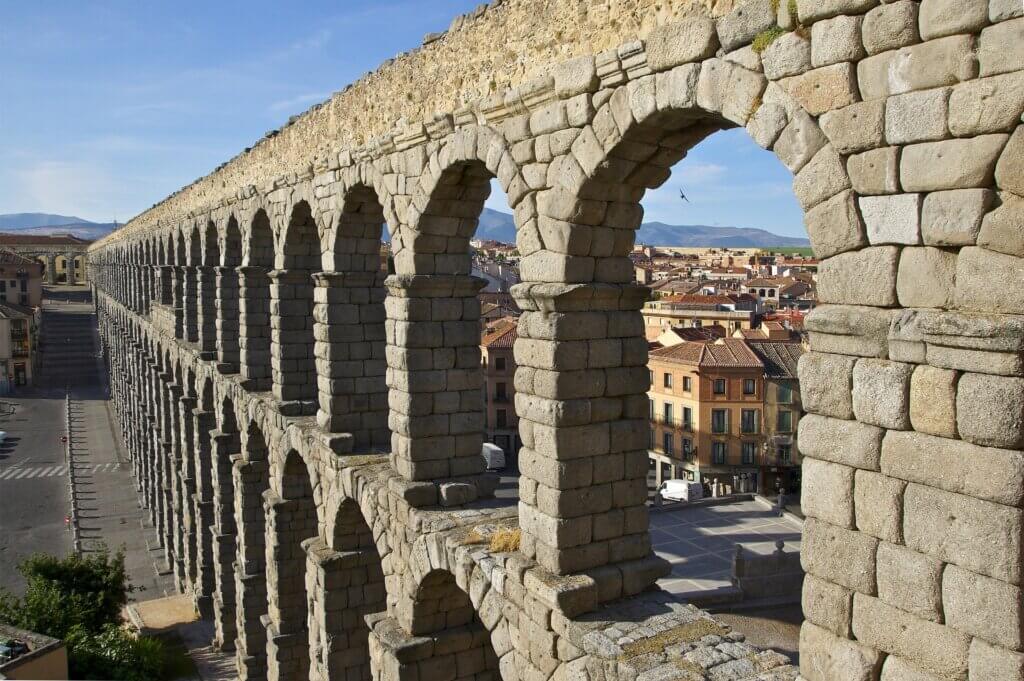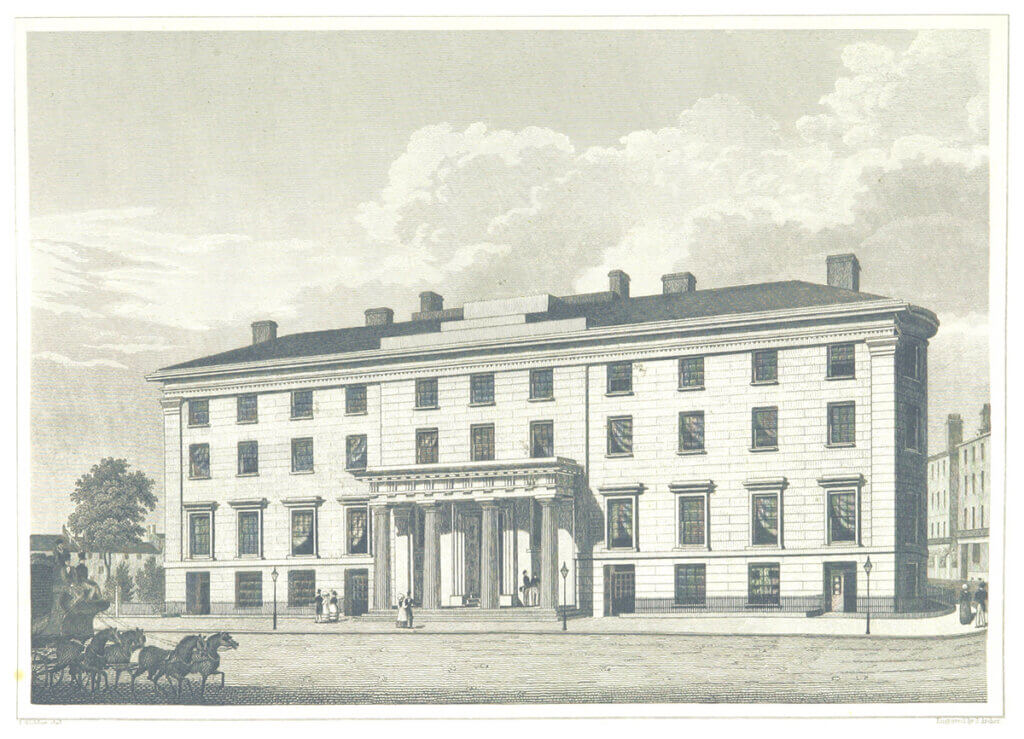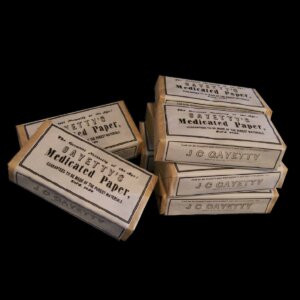You don’t often hear the word “cool” associated with “plumbing”, but here at Trident we can’t help but get excited about anything and everything related to underground utilities.
Having access to indoor plumbing and water is something we often take for granted, but if you take a moment to learn some of the unique history of water distribution, you can’t help but realize the marvel of human innovation that plumbing truly is.
1. The Earliest Evidence of Plumbing Dates Back Nearly 6,000 years
The ancient Egyptians created a complex piping system using clay and copper around 4000-2500 B.C. to move water from the Nile River to irrigate crops and provide running water to homes. Similar plumbing systems were also discovered in the Indus River Valley in India around 4000 B.C. The Minoan Palace of Knossos on the Isle of Crete had a terra cotta piping system dating back to 1500 B.C. that delivered water to fountains and faucets.
2. Aqueducts were pioneered by the Romans
In ancient Rome, water was supplied to the population through the use of aqueducts. Aqueducts are structures designed to transport water from one place to another using gravity. They typically consist of a series of arches or channels that are built at a slight downward slope, allowing water to flow downhill from a source to a destination. Aqueduct water supplied latrines, fountains, public bath houses, milling operations and even private households.

Aqueduct in Segovia, Spain
3. Filtration improvements evolved to combat disease
As the expression goes, “necessity is the mother of invention”, so water filtration tactics evolved as access to clean water became increasingly challenging during the Middle ages in Europe. Waterborne diseases, such as cholera, became widespread due to poor sanitation and contaminated drinking water. To combat this, city officials began constructing public wells and fountains. These public works were often maintained by religious organizations or wealthy philanthropists, providing a public good while bolstering the image of their patrons.
In the 19th century, waterworks became more sophisticated, and the water purification process emerged. The first water filtration plant was designed and built by John Snow in London in 1853. This plant utilized sand filters to remove impurities from the water, providing a healthier water supply to the population.
4. The first hotel in America with indoor plumbing was built in 1829
Considered to be the first “modern hotel”, the Tremont House opened its doors on October 16, 1829 in Boston, Massachusetts. Designed by Isaiah Rodgers, it was the first hotel that provided running water and indoor plumbing.
Until its closure in 1894, it was a destination for the American upper-class and its notable visitors included Andrew Jackson, Charles Dickens, and Davy Crockett!

The Treemont House – photo via Wiki Commons
5. The first flush toilet was invented in 1596
The next time you hear someone refer to the lavatory as “the john” you can credit that to Sir John Harington, inventor of the first flush toilet and godson of Queen Elizabeth I. The original device required 7.5 gallons of water in order to flush.
English plumbing magnate, Thomas Crapper, is often miscredited with creating the first toilet, where his company actually manufactured the first successful line of lavatories in the late 19th century. The term “crapper” originated from World War I doughboys when they saw the Crapper branding all throughout England and France.
6. Commercial toilet paper was invented in the USA
New Yorker Joseph Gayetty introduced the first patented toilet paper in 1857. It was called “medicated paper for the water-closet” and the material contained aloe. It was sold in packages of 500 sheets for $.50 with Gayetty’s name printed on each sheet, and it was a welcome commodity as previous means included corn cobs and seashells (yikes!).

Gayetty’s Medicated Paper – photo courtesy of the Patent Magazine
7. Plastic piping was introduced in 1952
Here’s that “necessity” thing again. Due to a metal shortage that still lingered from the second World War, plastic piping was introduced as a new method for water distribution systems. Polychloride Vinyl pipes (PVC) would be introduced three years later.
America’s Water Infrastructure Present
With continued advancements and innovations, the waterworks industry expanded to meet the demands of growing urban areas. Today, waterworks companies utilize an array of modern technologies, such as chemical treatments, mechanical filtration, reverse osmosis, and UV disinfection, to provide clean water to the population. Additionally, industry professionals work tirelessly to ensure that aging infrastructure remains functional and operates at maximum efficiency. The Infrastructure Investment and Job Act will help to improve the safety, reliability, and sustainability of our waterworks infrastructure, ensuring that communities across the country have access to clean and safe drinking water.
Trident Solutions is a leading provider of high-quality products and services for aging waterworks. With a focus on prevention rather than just rehabilitation, Trident Solutions offers innovative and effective solutions to help maintain the integrity and functionality of the waterworks infrastructure. Our products include advanced coatings and linings that protect pipes and tanks from corrosion and deterioration, as well as advanced leak detection and repair systems that can quickly identify and fix leaks before they become major problems. Whether you’re looking to extend the lifespan of your existing waterworks or develop a new infrastructure plan, Trident Solutions has the expertise and products you need to succeed. Find our utility locate products brochure here or our online product lineup here.


